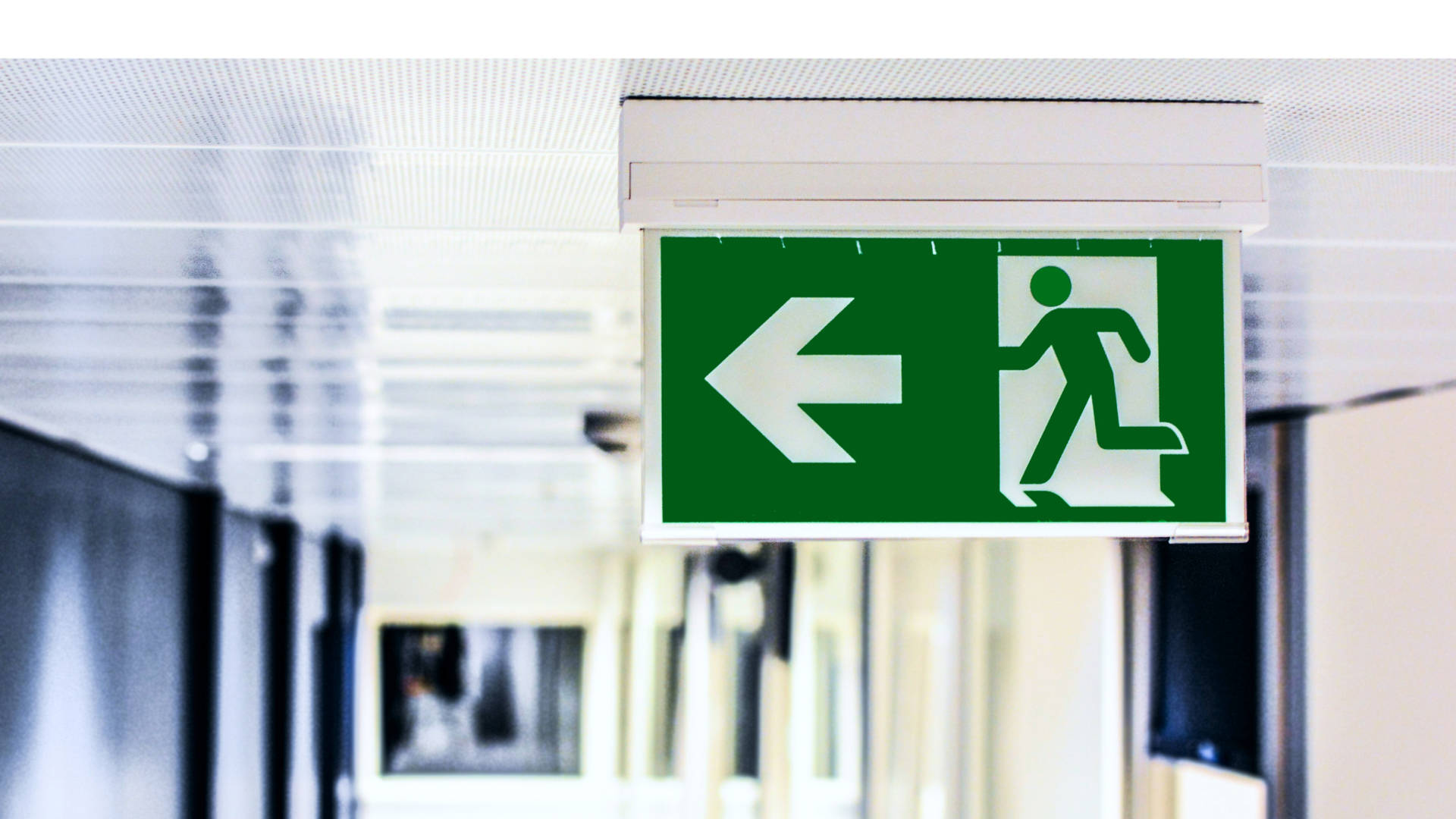
Fire Safety
Latest
-
The Home Office has published (5 February 2024) 9 national guidelines to the FRS, intended to support operational guidance and operational practices during a full or partial evacuation from high rise residential buildings.
These guidelines arise from recommendation 33.22a from the Grenfell Tower Inquiry (Phase 1), which was “That the government develop national guidelines for carrying out partial or total evacuations of high-rise residential buildings, such guidelines to include the means of protecting fire exit routes and procedures for evacuating persons who are unable to use the stairs in an emergency, or who may require assistance (such as disabled people, those with cognitive impairment, older people and young children).”
In addition, two of the guidelines draw on information from stakeholders in connection with the 2021 PEEPs consultation and the subsequent EEIS consultation.
Each guideline includes a headline finding, and an evidence section providing further information and, where available, links to published research and more detailed information available at this time.
FRSs, and the National Fire Chief Council (NFCC), will wish to consider how to draw on these guidelines and the more detailed information to support operational guidance and local operational procedures.
To access the guidance, CLICK HERE
- Fire Safety
-
Today (29 March 2024), the government has updated its guidance calling for second staircases in all new tall residential buildings over 18 metres from 30th September 2026 – further enhancing the UK’s world-leading building safety standards.
The change in guidance adds to a package of recent fire safety measures and reforms including the Building Safety Act which ensure the safety of people in both new and existing tall buildings.
Existing tall buildings are also being considered as part of the Grenfell Tower Inquiry’s recommendations. The Home Office is currently considering responses to their consultation on personal emergency evacuation plans, to which a response will be published in due course.
Lee Rowley, Minister for Housing, said:
"The change in guidance to include two staircases for buildings over 18 metres provides clarity for developers and ensures both new and existing buildings provide safe and secure homes for all residents."
Following a public consultation, the government announced last year its intent to set a threshold height of 18 metres above which a second staircase should be provided in residential buildings – a change which reflects views of experts including the National Fire Chiefs Council and Royal Institute of British Architects.This was followed in October by confirmation of transitional arrangements which set the timeframe for the new regulations and strike a fair balance between giving developers enough time to make the required changes, while also evolving our safety standards as swiftly as possible.
The transition period also provides clarity for developers during a difficult economic climate and projects previously held up at the planning stage can now go ahead with certainty.
- Fire Safety
-
The Association of British Insurers (ABI) has today (13th March 2024) announced a risk-pooling Fire Safety Reinsurance Facility, with cover starting from 1st April 2024.
Reinsurance support is now in place to launch the Fire Safety Reinsurance Facility, in an industry intervention to help improve the availability of insurance for certain buildings with combustible cladding and other fire safety issues.
The Facility has been established by (re)insurance broker McGill and Partners with extensive support from the Association of British Insurers (ABI) and through working in partnership with the British Insurance Brokers’ Association (BIBA) which will ensure brokers are made aware of the Facility.
It has two key intentions - to expand capacity for insurers already writing business for affected buildings and to encourage competition across the market so that more firms will provide cover. The ultimate solution remains the urgent need for works to take place to make buildings safe and resilient. The Facility is expected to run for three to five years whilst this happens.
The first step will be for the participating insurers – Allianz, Aviva, Axa, RSA and Zurich – to enter higher-risk buildings they currently insure, and which are awaiting remediation works, into the Facility at the point of their annual renewal. These firms have continued to be active in the market and are the top five firms providing insurance cover for commercial and residential buildings.
The Grenfell tragedy and Dame Judith Hackitt Review exposed significant construction and fire-risk issues related to these buildings. As a result, insurers have to consider the heightened risk of an entire building sadly being destroyed in the event of a fire and have had to limit the amount of cover they could provide, because the risk is too high for one firm to cover on its own. Brokers, Freeholders and Managing Agents have instead had to source insurance cover from multiple firms, meaning that several insurers are involved in covering one building, creating a ‘layered’ effect and adding to the cost. It is these buildings which will likely benefit most from the Facility.
Buildings insurance premiums will continue to be based on a variety of risk factors, such as the type and age of the building, previous claims history and other property risks such as storm/flooding or escape of water. External factors such as construction costs and supply shortages will also have an impact
More information and FAQS on how the Facility will work is available here and information for brokers representing affected buildings is available from the BIBA.
-
Latest issue of the Home Office’s fire safety reform programme bulletin (published 22nd February 2024), which is for anyone
who is interested in keeping updated on any changes to fire safety legislation and
guidance.- Fire Safety
-
The joint Fire Industry Association (FIA), Institution of Fire Engineers (IFE), Facade Special Interest Group (SIG), has released this comprehensive document to provide guidance on 'proportionality and risk when carrying out FRAEWs to PAS 9980'.
In line with PAS 9980 recommendations, this paper addresses crucial aspects of risk acceptability and proportionality of remedial measures, offering insights into the decision-making process regarding remedial actions.